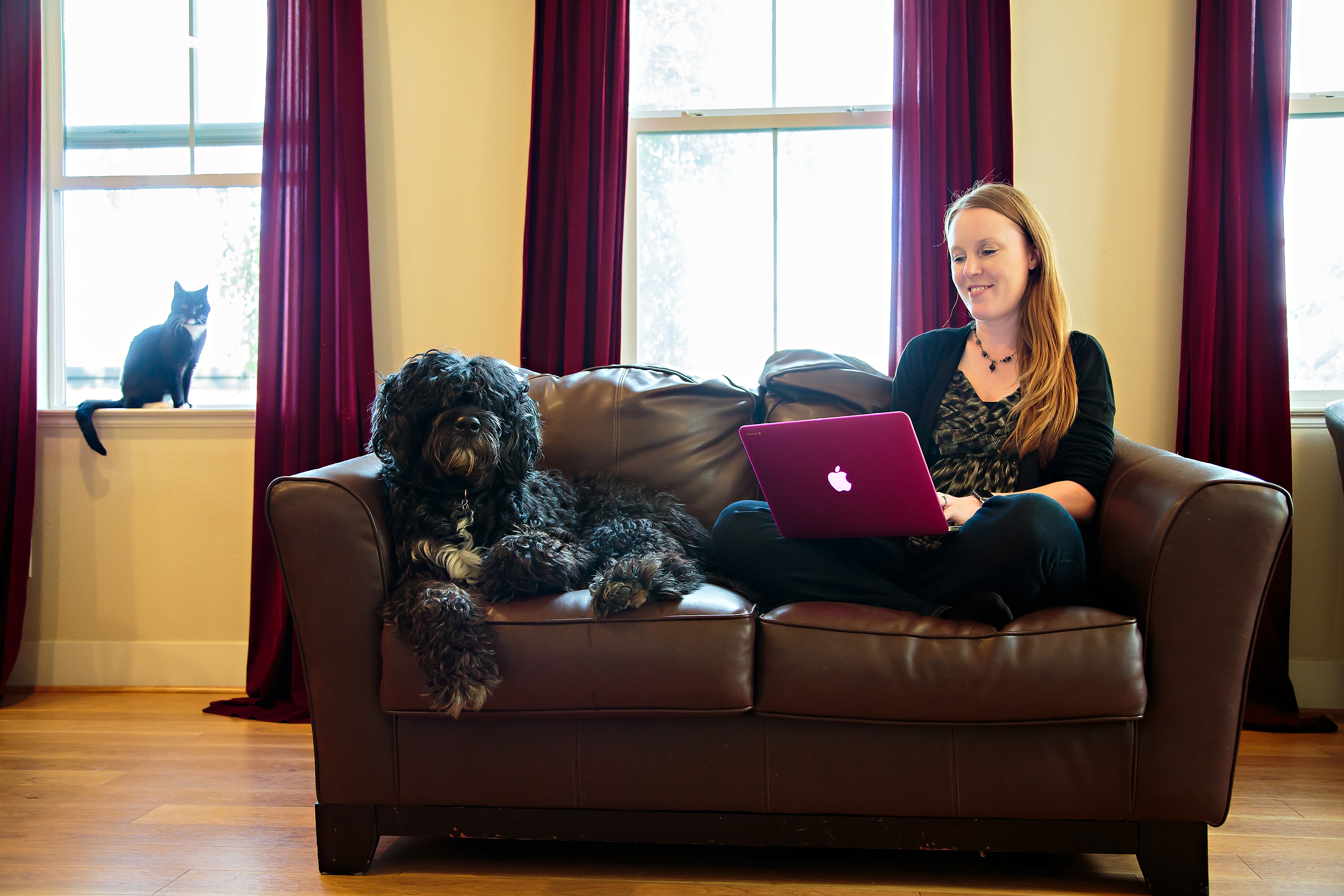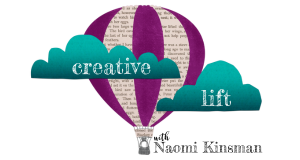Improvised Storytelling
Create a collaborative scene with a partner, using their questions to help you better understand your main character’s point of view.
Style
Collaborator
Skill
Improvisation
Time
10 minutes
THE STUDIO:
Improvised Storytelling
While you certainly can improvise by yourself, improvising with a partner introduces the randomness that often sparks spontaneous insight. Before you begin, you’ll want to take on an experimental mindset. You’re not planning your scene with this game. If your partner heads off in a direction you truly don’t want the scene to go, never fear! You’ll draft the story as you wish to tell it later. For now, follow your collaborator into the unknown. You may discover that your main character’s resistance teaches you something new about them, or helps you to see what might happen in the scene in a new light.
No matter what, improvisation begins with saying yes. Say yes to the ideas your partner introduces, and then add your own ideas, and see where the moment leads.

Materials
Improvised Storytelling
- Space to move
- Paper
- Pen
NOTE: This game can be played before you draft a scene to explore what you might write, or after you’ve drafted it to find a deeper connection to what’s happening in the scene.
1. Choose an authority figure with whom your main character might interact. In this game, your main character will retell a scene from your story to this authority character as though the scene has already taken place. Set up a scenario where that retelling makes sense. Maybe your character is in trouble for what happened, and has to speak to the principal about it. Maybe your character is upset about their day, and they tell a favorite aunt about what happened.
2. Give your partner a few details about their character, especially so they know the tone of the questions they should ask.
3. Choose a setting, and if appropriate, an action for your characters to be engaged in together. They may be baking cookies, or folding laundry, or eating dinner. As in all improv, the action makes use of imagined props. The goal of the action is to help you engage in the scene physically and emotionally.
4. Begin the action, and once you’re both engaged in the scene physically, begin your conversation. Even though your main character is telling about something that happened to them, the scene should flow back and forth. Your partner should have plenty of opportunities to ask questions and share their thoughts as part of the scene.
5. Once you finish playing through the scene, take time to jot down your notes. Also, make sure to ask your scene partner about any insights they had while playing. They see your scene from the outside, and are likely to have thoughts that will open up your thinking to new possibilities.
6. Ideally, your scene partner is a writer, too. If so, you can now swap roles, and be their collaborator for a scene they’re working on, too.
Try On Other Creative Styles
The Who, What, & Where Experiment
FOR ARCHITECTS
Use this structured improv game to experiment with options for your next scene.
Step Into Your Character's Shoes
FOR INVENTORS
Take on your character’s mindset and play through a scene in a variety of ways in this improv game for writers.
Improvise the Highlights
FOR SPECIAL AGENTS
Use this quick-thinking improv game to identify key moments in your scene and shortcut the experimentation process.





